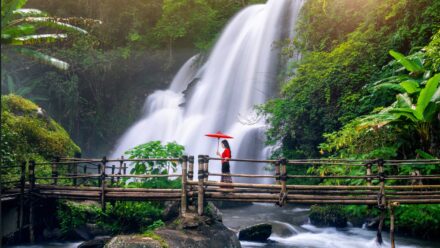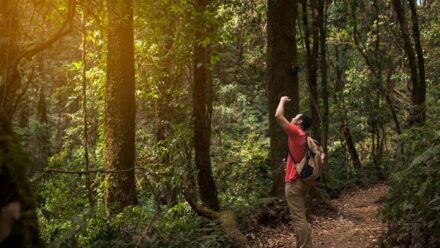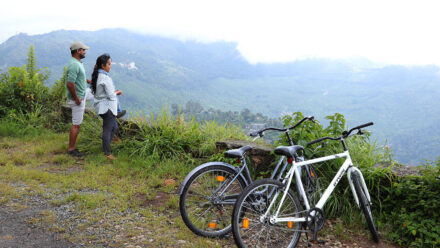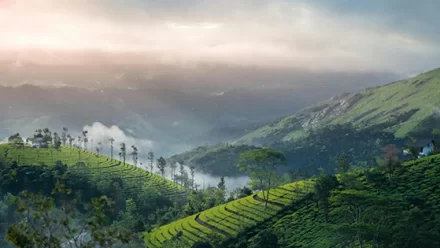The Wayanad tribal culture isn’t just something from the past — it’s a real, active way of life filled with knowledge of the forest, rituals, and stories that are slowly disappearing. Tucked into Kerala’s green hills, Wayanad has always been a place of misty mountains and thick forests. But behind the beauty is a rich cultural history shaped by its native communities — the Kurichiyas, Kattunaikkans, Paniyas, and Adiyas. These groups have lived in balance with the forest for hundreds of years, and their traditions are closely connected to nature.
But as roads grow and modern life moves faster, many of their traditions, songs, and healing ways are fading away. For travelers who want more than just ticking off places on a list, this is a time to stop — and to hear what’s still left before it’s gone.
Preserving Wayanad Tribal Culture: Why It Matters
Forest Wisdom That’s Slowly Fading
For generations, tribal communities in Wayanad have used forest herbs to heal, followed the moon to plan their farming, and held rituals that honored animals and nature spirits. Their knowledge isn’t written down — it’s passed on through stories, songs, and festivals linked to the seasons. But many of these traditions are fading as younger people move to cities, and forests are being destroyed, making it harder to find sacred spots and healing plants. The Wayanad tribal culture of Wayanad is full of wisdom, but it’s also in danger.
Songs, Dances & Storytelling You’ll Rarely Hear Again
Long ago, forest clearings were filled with traditional tribal songs and dances led by drums during the harvest moon or forest festivals. These days, very few of these performances are still done the original way. What’s left is often changed to suit tourists or kept in old, little-known records. If you’re lucky and show respect, a local guide might take you to meet an elder who speaks in the Kuruma language and tells stories about animals under the stars — a special and rare look at the real Wayanad tribal culture.
Where Travellers Can Still Witness These Traditions
Tribal Hamlet Walks and Cultural Experiences
Some small tribal villages near Sulthan Bathery and Mananthavady still have real, hands-on experiences where visitors can learn about traditional bamboo weaving, foods from the forest, and natural remedies. But it’s important to be respectful — these aren’t performances, they’re part of daily life.
A few of the best resorts in Wayanad now work with local guides to create cultural activities that are thoughtful and not disruptive. This might include guided nature walks with tribal herbalists or listening to stories told by community elders — experiences that give more than just a quick look.
Local Markets and Handcrafts
Visiting weekly tribal markets can be really interesting. People from the tribes bring things like wild honey, tubers, herbs from the forest, and handmade items. Buying from them helps keep their culture alive and supports their way of life — it’s a small act that makes a real difference in protecting the Wayanad tribal culture.
Blending Culture with Comfort: Where to Stay
As you dive into the tribal heritage of Wayanad, you don’t have to give up on comfort. Some of the best family resorts in Wayand, like The Hive, have cottages that face the forest, offering peace and easy access to tribal trails and nearby villages. These places focus on protecting nature, cut down on plastic, and often team up with local artists and guides. For families, it’s a great way to show kids about different cultures while enjoying special nature activities.
Other 5 star resorts in Wayanad offer packages that include plantation walks, visits to tribal hamlets, and nature therapy sessions — helping travelers connect more deeply with the region’s soul.
The Future of Wayanad Tribal Culture Lies in Awareness
As responsible travellers, we can pick experiences that help, not harm. A trip to Wayanad can be more than just a break — it can be a way to protect a culture. By learning about the Wayanad tribal culture, buying from local artists, and treating people with respect, we help keep these traditions alive. Don’t wait until they’re gone. Listen while the stories and songs are still around.






